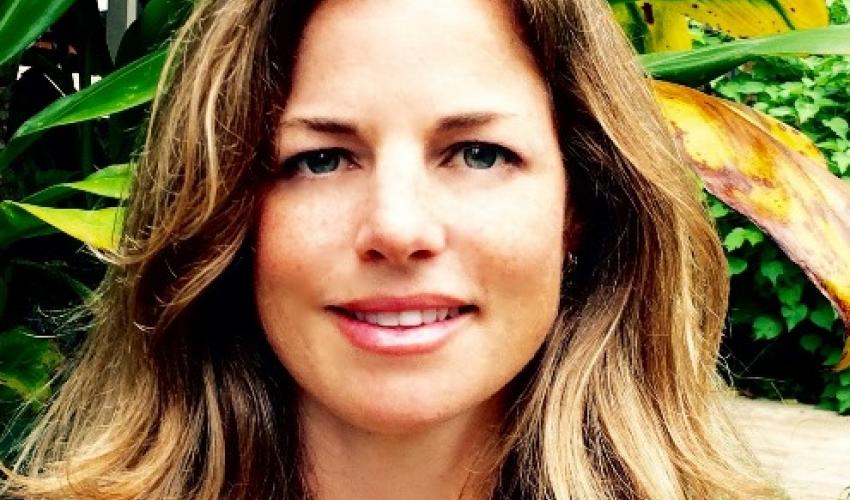“Hawai‘i highlights the unique and important role of islands in developing integrated nature-based solutions that can be scaled to achieve the globally agreed UN Sustainable Development Goals,” says Celeste Connors, Executive Director of Hawai‘i Green Growth.
As host to the #IUCNCongress 2016, Hawai‘i highlights the unique and important role of islands in developing integrated nature-based solutions that can be scaled to achieve the globally agreed UN Sustainable Development Goals (SDGs). Similar to islands and coastal communities around the world, Hawai‘i is facing biodiversity loss, invasive species threats, import dependence, economic risks from natural disasters, and already occurring impacts of climate change.
In response to these critical challenges, Hawai‘i Green Growth was formed in 2011 to mobilize collaborative action on sustainable development. Hawai‘i Green Growth, a public-private partnership, coordinates across government, non-governmental and cultural organizations, business, academia and philanthropy to set high-level sustainability goals, develop shared measurements to track progress, and drive strategic policies and concrete actions.
In 2014, Hawai‘i Green Growth launched the Aloha+ Challenge, a statewide sustainability initiative, in partnership with the Governor, four County Mayors, Office of Hawaiian Affairs, and State Legislature. The Aloha+ Challenge identifies six 2030 goals for clean energy, local food, natural resource management, solid waste, smart sustainable communities and green education and workforce. The Aloha+ Challenge builds on Hawaiʻiʼs history of systems-thinking and indigenous knowledge, which serve as the guiding principles and values. These six goals align with the recently adopted SDGs, and are Hawai‘i’s locally appropriate approach to implementing the 2030 agenda.
In order to provide accountability and ensure transparency on Hawai‘i’s commitment, Hawai‘i Green Growth is developing an online open data platform for decision makers and the community. The Aloha+ Challenge Dashboard currently features clean energy, solid waste, and natural resource management goals -- including metrics on freshwater security, watershed protection, marine management, invasive species and native species. In addition to the dashboard, Hawai‘i Green Growth is convening stakeholders to drive action towards Hawai‘i’s 2030 goals with innovative initiatives like the Ala Wai Community Resilience Challenge to reduce risk and build community resilience.
As a partner to the Global Island Partnership (GLISPA), Micronesia Challenge and other island initiatives, Hawai‘i is part of a community learning and sharing best practices and successful models. Implementation at the local level is critical to achieving the sustainable development goals at a global scale. Hawai‘i is working with GLISPA through the Island Resilience Challenge to share a framework for setting high-level locally appropriate 2030 goals, establishing an online open data mechanism, and convening a public-private partnership platform to achieve concrete outcomes.
In this spirit, Hawai‘i partners introduced an IUCN motion to recognise the Aloha+ Challenge as an island model for SDG implementation that can be adapted for local values, culture and context with interested IUCN members and international partners. The 2016 IUCN Congress is an important moment in time with the “planet at a crossroads” to focus on innovative solutions and unique partnerships to address global challenges.
Together, Hawai‘i and IUCN can help catalyse the adoption of holistic, place-based initiatives around the world to tackle SDGs, and ensure a lasting action-oriented legacy for future generations after the 2016 IUCN Congress.
– Celeste Connors, Executive Director of Hawai‘i Green Growth
Relevant Editorial links:
- Hawai‘i Green Growth: http://www.hawaiigreengrowth.org/
- Aloha+ Challenge: http://www.hawaiigreengrowth.org/priorities
- Aloha+ Challenge Dashboard: https://dashboard.hawaii.gov/aloha-challenge
- Ala Wai Community Design Challenge: www.alawaichallenge.org
- Island Resilience Challenge: http://www.glispa.org/glispa-bright-spots/27-emerging-bright-spots/186-island-resilience-challenge











